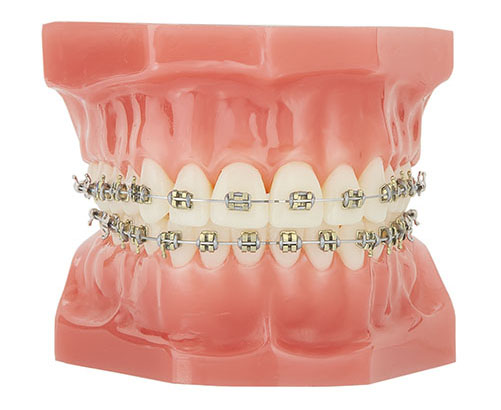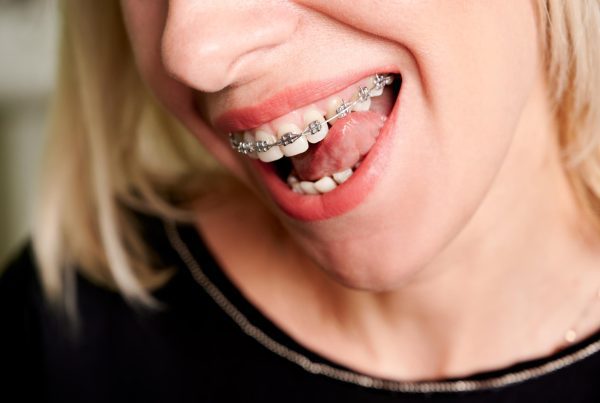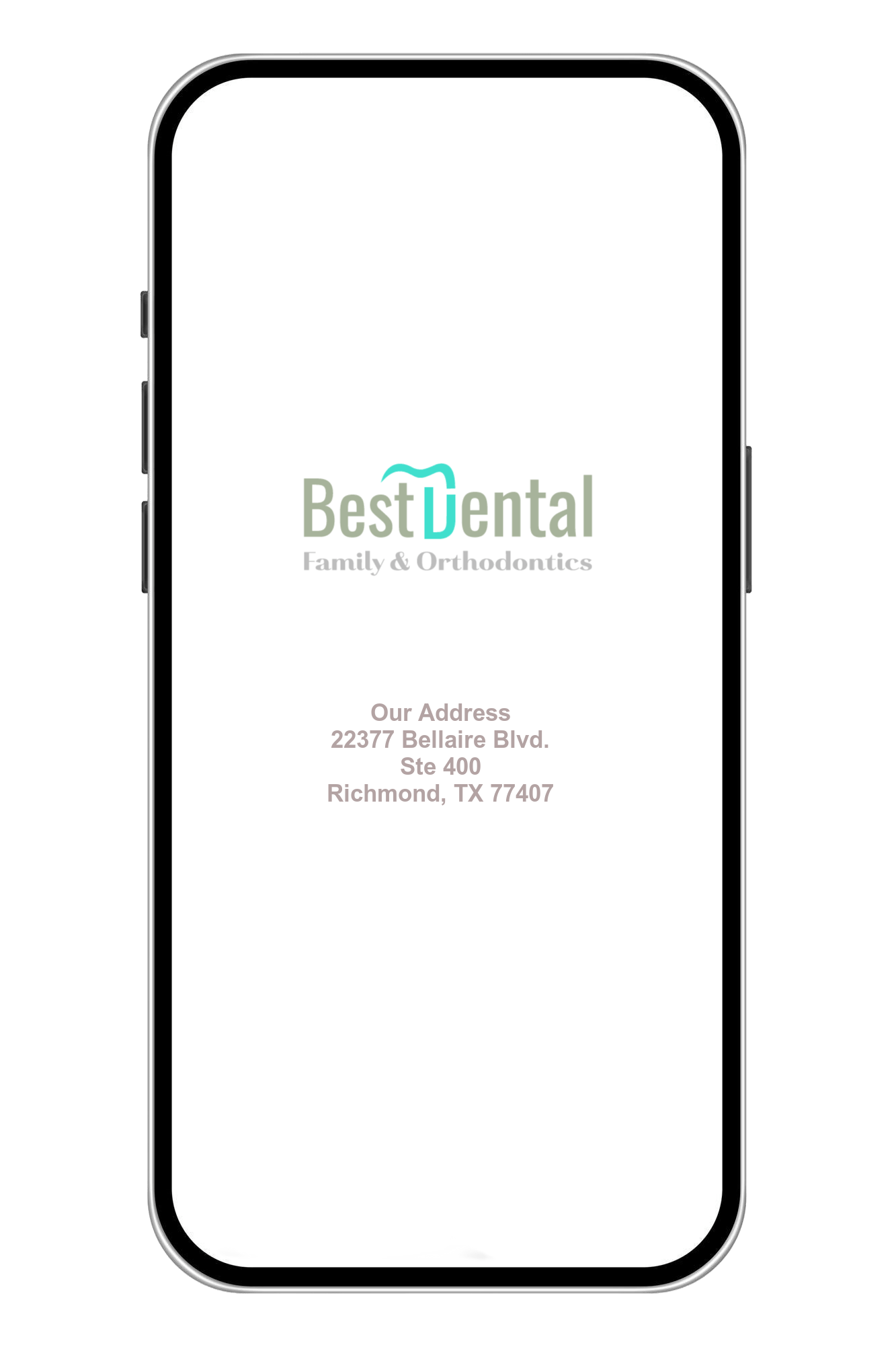Gold Braces In A Nutshell
Gold braces, often referred to as "gold-plated braces" or "golden braces," are a unique and stylish alternative to traditional orthodontic appliances. These orthodontic devices serve not only as a means to correct dental misalignments but also as a fashion statement, exuding a touch of luxury and individuality. Known for their distinctive appearance, gold braces have gained popularity among those who wish to combine orthodontic treatment with a touch of elegance. In this article, we will delve into the world of gold braces, exploring their features, advantages, and considerations for those considering them as an option for their orthodontic journey.

What are the main differences between gold braces and traditional metal braces?
The primary distinction between gold braces and traditional metal braces lies in their aesthetic appeal and composition. While both types serve the same purpose of aligning teeth, gold braces incorporate stainless steel brackets coated with a layer of 24-karat gold, providing a distinct, lustrous appearance. This gold plating not only adds a touch of luxury to the braces but also offers a degree of biocompatibility, making them a favorable option for individuals with metal sensitivities. In contrast, traditional metal braces consist of stainless steel brackets without any additional coating, making them more visible and potentially less appealing for those seeking a more discreet orthodontic solution. Despite the cosmetic variation, both gold braces and traditional metal braces function similarly in terms of correcting dental misalignments.
Are there any specific benefits to choosing gold braces over other types of braces?
Opting for gold braces presents several unique advantages that set them apart from other types of braces. Beyond their appealing aesthetics, the 24-karat gold plating offers a hypoallergenic feature, making them an excellent choice for individuals with metal allergies or sensitivities. Moreover, the gold plating generally resists tarnishing, ensuring a long-lasting attractive appearance throughout the treatment process. While providing the same functionality as traditional metal braces, the luxurious appeal of gold braces also allows individuals to express their style and individuality, making them a popular choice for those seeking a blend of effective orthodontic treatment and a touch of personalized glamour.


How durable are gold braces compared to other types of orthodontic appliances?
Gold braces are generally highly durable, as they are made from stainless steel and coated with a layer of 24-karat gold. This combination of materials provides them with robustness and strength comparable to that of traditional metal braces. The gold plating also adds an extra layer of protection, making them resistant to tarnishing and corrosion, ensuring that the braces maintain their aesthetic appeal throughout the treatment duration. However, like any other orthodontic appliance, proper care and maintenance, such as regular cleaning and adherence to dietary restrictions, are necessary to ensure their longevity and effectiveness. By following the orthodontist’s guidelines, patients can expect their gold braces to remain durable and reliable throughout the course of their treatment.
How does the cost of gold braces compare to other types of braces, such as ceramic or lingual braces?
The cost of gold braces typically tends to be higher than that of traditional metal braces due to the additional gold plating. However, when compared to other more discreet options such as ceramic or lingual braces, the price of gold braces can be similar or even lower. Ceramic braces, which blend in with the teeth, are often more expensive than traditional metal braces but can be comparable or slightly less costly than gold braces. On the other hand, lingual braces, which are attached to the back of the teeth, generally come with a higher price tag due to their customized design and intricate placement. While the cost may vary depending on the location and specific orthodontic clinic, it’s essential for individuals to consult with their orthodontist to understand the pricing differences and determine the best option that aligns with their budget and treatment needs.






